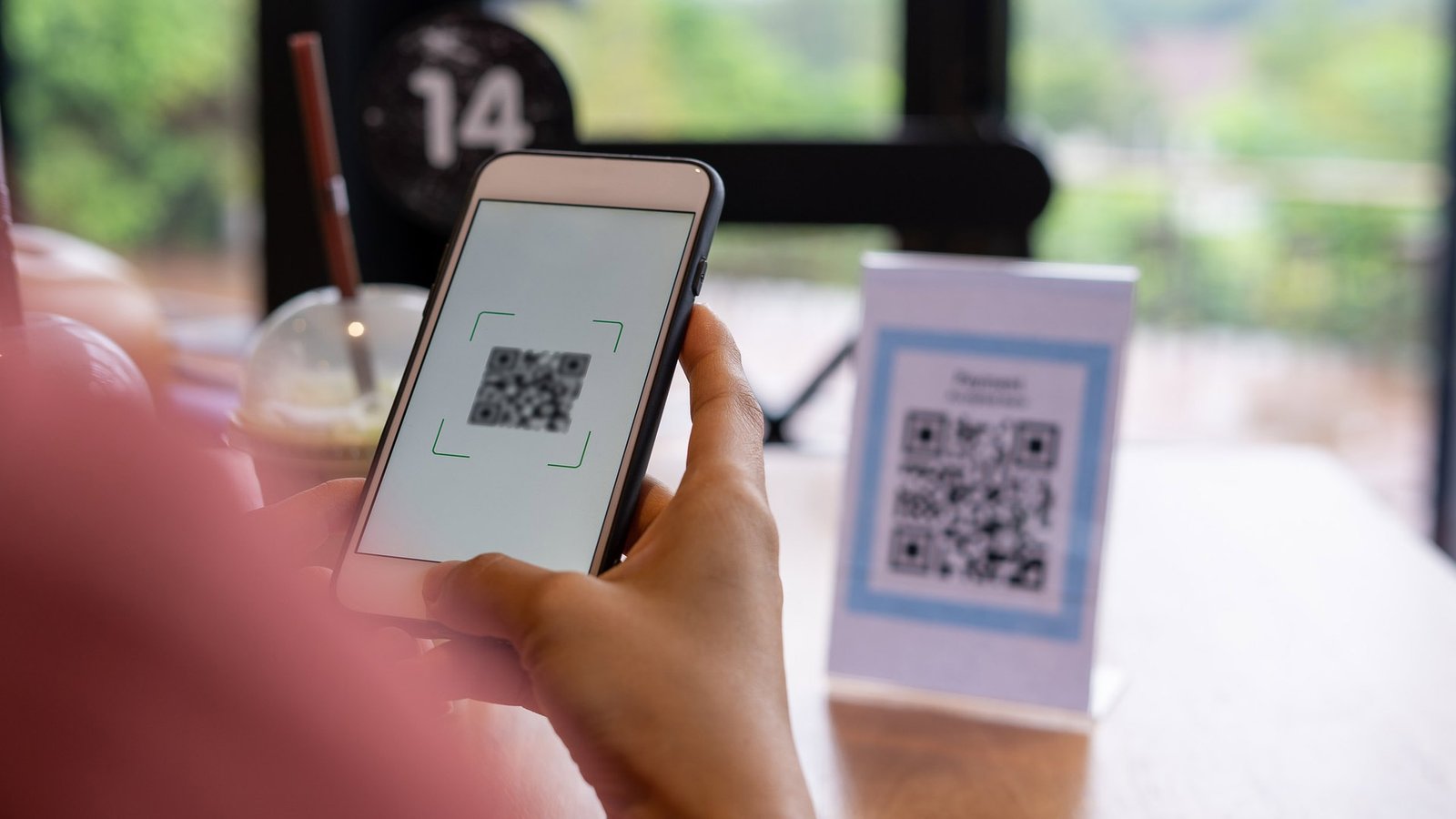QR code branding strategy elevates customer experience by aligning visual identity with scannable design, boosting recognition and conversions.
Some classics stand the test of time — vinyl records, vintage watches, and timeless architecture. But when it comes to QR codes, the traditional black-and-white square is ready for an upgrade that aligns with modern brand experiences.
A recent Uniqode poll found that 94% of users prefer scanning colored QR codes over their monochrome counterparts. This preference translates directly to business outcomes, with research indicating that brand colors can increase recognition by up to 80%.
For companies investing in customer experience, these statistics highlight a clear opportunity: elevate QR codes from basic scanning tools to branded assets. Since evolving from inventory tracking tools in 1994, QR codes have become critical touchpoints in the customer journey. By integrating brand elements into these digital gateways, companies create measurable advantages in engagement, conversion rates, and brand recall while embracing industry-wide shifts.
Brand Consistency Across All Touchpoints
Customers expect uniform experiences across all brand interactions. Yet QR codes remain overlooked despite their central role in customer experiences.
Think about a luxury retailer that has carefully designed packaging but places a generic black-and-white QR code on its product. This visual mismatch breaks the brand experience and affects customer perception.
Research shows consistent brand presentation across platforms can increase revenue by 20%. This consistency should extend to every brand element, including QR codes that connect physical products to digital experiences. Over 70% of users are more likely to scan a QR code if it includes recognizable branding. Companies that neglect this connection miss an opportunity to reinforce their brand at a key engagement moment.
This oversight becomes more significant as QR code adoption grows at 31.6% annually — nearly double the rate of email marketing (18.8%) and mobile apps (13.5%). QR code visual presentation should be a strategic priority.
AI-Powered Brand Integration
The GS1 Sunrise 2027 initiative requires businesses to transition from traditional UPC barcodes to 2D formats like QR codes. This shift responds to industry needs for increased data capacity, improved supply chain visibility, and enhanced consumer information access. Traditional barcodes simply can’t contain the product data modern businesses and consumers demand.
This industry-wide transition creates perfect timing for a brand-integrated approach. Companies face a choice: implement bare-minimum compliance or transform these new requirements into competitive advantages.
AI-powered QR code generators are making this transformation accessible even for organizations without dedicated design teams. Half of marketers now use AI in their roles and have seen improvements in their marketing outcomes. QR code customization represents one of the most practical applications of this technology.
The process works by analyzing your existing digital assets to identify brand elements. AI platforms examine your website, logos, and marketing materials to extract color schemes, typography preferences, and design patterns. They then apply these elements to your QR codes while ensuring optimal scan rates through intelligent contrast algorithms.
Critical components like eyes, frames, data patterns, and backgrounds are customized to match your brand guidelines while preserving functional reliability. Advanced platforms even provide real-time scannability scores to eliminate guesswork from the customization process.
Success Through Strategic Implementation
The path to effective QR code brand integration naturally extends from your existing visual identity system. Begin by exploring your brand guidelines with an eye for elements that translate well to QR formats to maintain your brand’s distinctive voice. Think of your QR code not as a separate technical element but as a natural extension of your broader visual language.
Balancing brand expression with functionality requires thoughtful consideration of contrast. Your QR codes should incorporate brand elements while ensuring the data pattern remains easily scannable across different contexts. A code on retail packaging faces different challenges than one on a digital display or printed advertisement. The environment where your code lives should influence its design, with real-world testing confirming performance before full deployment.
Context also shapes how you invite interaction. A simple, clear call-to-action accompanying your QR code can dramatically improve scan rates. Rather than generic instructions, communicate the specific value awaiting the customer after scanning. This guidance, combined with analytics tracking through a dynamic QR platform, creates a complete system for measuring and optimizing performance across your QR touchpoints.
Leading brands across industries are already demonstrating impressive results with this strategic approach:
- Starbucks elevated the coffee retail experience by incorporating QR codes into their promotional campaigns and mobile payment system. By extending their iconic green branding to these digital touchpoints, they created a seamless experience that increased sales while streamlining transactions for busy customers.
- Adidas connected directly with their target audience through a “Billboard Run” campaign in Stockholm featuring branded QR codes. Runners scanned codes at starting kiosks and finish lines to participate in challenges and win branded gear. The campaign brilliantly integrated the product (running shoes) with the ideal customer profile (runners) while using QR codes to gamify the experience.
- BBQ Guys transformed traditional direct mail with QR-based programmatic campaigns. Each mailer featured branded codes leading to personalized landing pages with targeted offers. This approach improved customer experiences, provided unprecedented analytics from print materials, and allowed the team to update offers dynamically through their QR platform.
Brands must think outside the box as they prepare for the Sunrise 2027 transition by treating QR codes as brand touchpoints. The simple shift from monochrome to brand-integrated codes creates measurable advantages in recognition, engagement, and conversion rates. What was once a functional utility is now an opportunity for brand distinction in an increasingly competitive space.
Explore AITechPark for the latest advancements in AI, IOT, Cybersecurity, AITech News, and insightful updates from industry experts!

